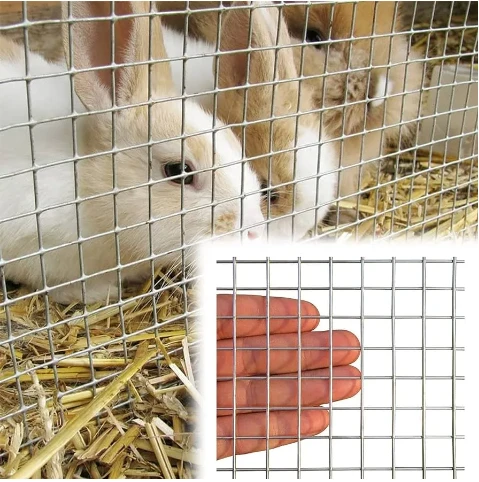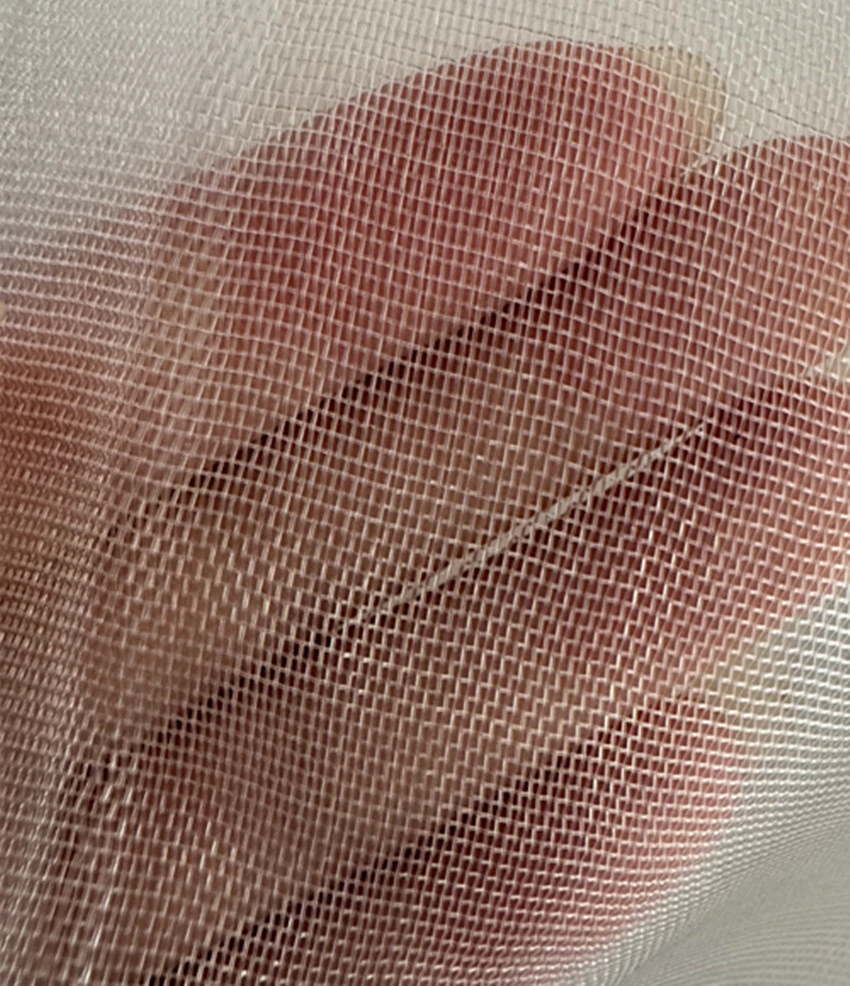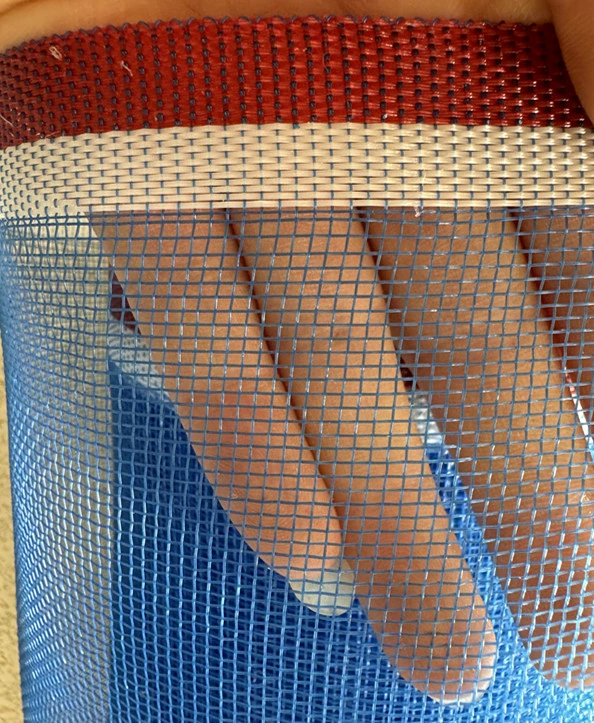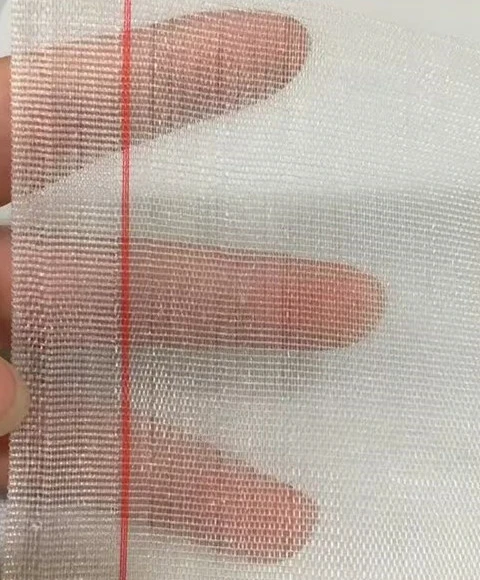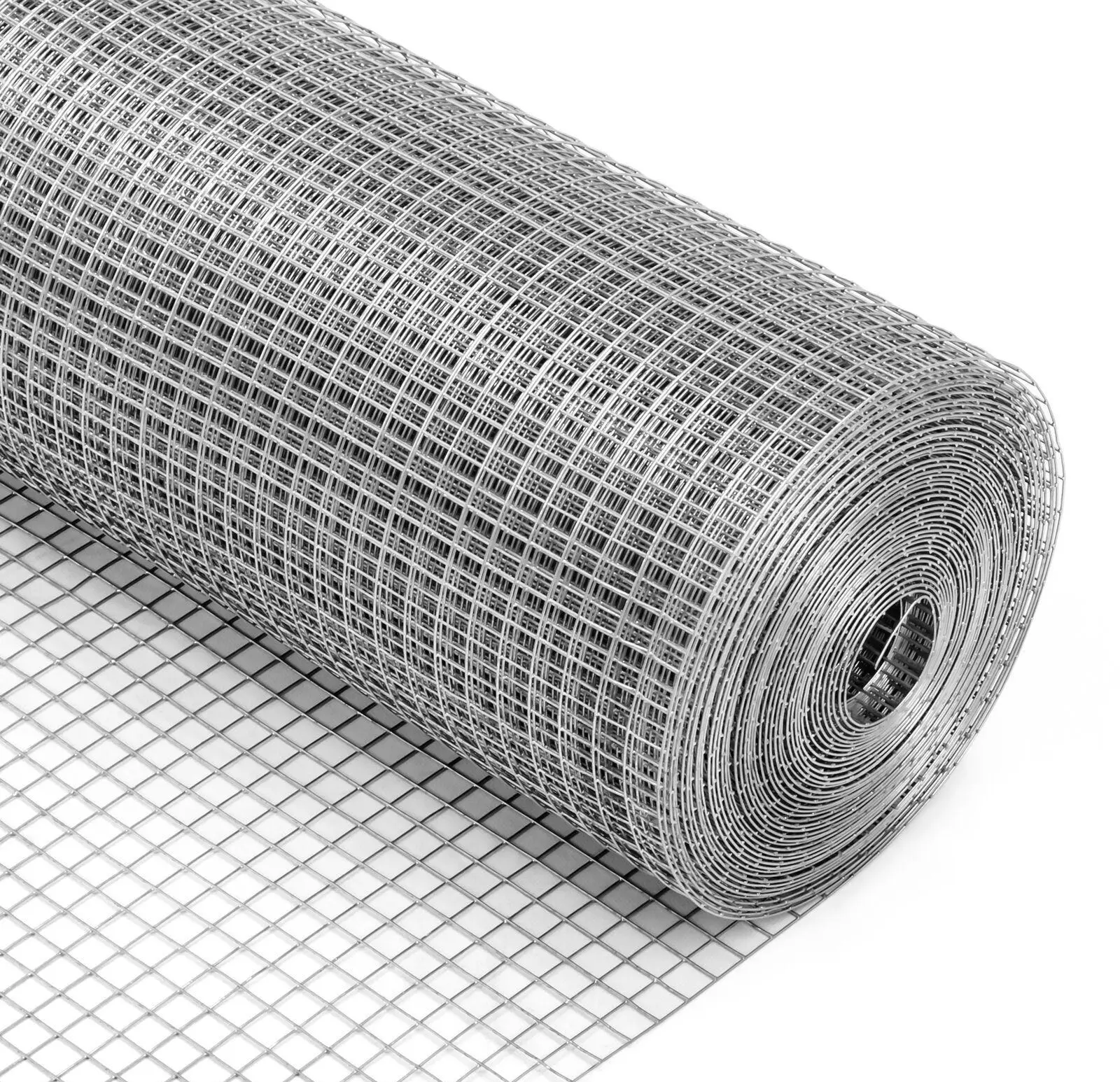-
 Afrikaans
Afrikaans -
 Albanian
Albanian -
 Amharic
Amharic -
 Arabic
Arabic -
 Armenian
Armenian -
 Azerbaijani
Azerbaijani -
 Basque
Basque -
 Belarusian
Belarusian -
 Bengali
Bengali -
 Bosnian
Bosnian -
 Bulgarian
Bulgarian -
 Catalan
Catalan -
 Cebuano
Cebuano -
 China
China -
 Corsican
Corsican -
 Croatian
Croatian -
 Czech
Czech -
 Danish
Danish -
 Dutch
Dutch -
 English
English -
 Esperanto
Esperanto -
 Estonian
Estonian -
 Finnish
Finnish -
 French
French -
 Frisian
Frisian -
 Galician
Galician -
 Georgian
Georgian -
 German
German -
 Greek
Greek -
 Gujarati
Gujarati -
 Haitian Creole
Haitian Creole -
 hausa
hausa -
 hawaiian
hawaiian -
 Hebrew
Hebrew -
 Hindi
Hindi -
 Miao
Miao -
 Hungarian
Hungarian -
 Icelandic
Icelandic -
 igbo
igbo -
 Indonesian
Indonesian -
 irish
irish -
 Italian
Italian -
 Japanese
Japanese -
 Javanese
Javanese -
 Kannada
Kannada -
 kazakh
kazakh -
 Khmer
Khmer -
 Rwandese
Rwandese -
 Korean
Korean -
 Kurdish
Kurdish -
 Kyrgyz
Kyrgyz -
 Lao
Lao -
 Latin
Latin -
 Latvian
Latvian -
 Lithuanian
Lithuanian -
 Luxembourgish
Luxembourgish -
 Macedonian
Macedonian -
 Malgashi
Malgashi -
 Malay
Malay -
 Malayalam
Malayalam -
 Maltese
Maltese -
 Maori
Maori -
 Marathi
Marathi -
 Mongolian
Mongolian -
 Myanmar
Myanmar -
 Nepali
Nepali -
 Norwegian
Norwegian -
 Norwegian
Norwegian -
 Occitan
Occitan -
 Pashto
Pashto -
 Persian
Persian -
 Polish
Polish -
 Portuguese
Portuguese -
 Punjabi
Punjabi -
 Romanian
Romanian -
 Russian
Russian -
 Samoan
Samoan -
 Scottish Gaelic
Scottish Gaelic -
 Serbian
Serbian -
 Sesotho
Sesotho -
 Shona
Shona -
 Sindhi
Sindhi -
 Sinhala
Sinhala -
 Slovak
Slovak -
 Slovenian
Slovenian -
 Somali
Somali -
 Spanish
Spanish -
 Sundanese
Sundanese -
 Swahili
Swahili -
 Swedish
Swedish -
 Tagalog
Tagalog -
 Tajik
Tajik -
 Tamil
Tamil -
 Tatar
Tatar -
 Telugu
Telugu -
 Thai
Thai -
 Turkish
Turkish -
 Turkmen
Turkmen -
 Ukrainian
Ukrainian -
 Urdu
Urdu -
 Uighur
Uighur -
 Uzbek
Uzbek -
 Vietnamese
Vietnamese -
 Welsh
Welsh -
 Bantu
Bantu -
 Yiddish
Yiddish -
 Yoruba
Yoruba -
 Zulu
Zulu
High-Quality Steel Mesh - Durable Floor Steel Mesh, Fine Screen Mesh Stainless Steel & Flat Steel Mesh Solutions
- Introduction to steel mesh
: definition, brief history, relevance - Technical properties and advantages of various steel mesh types
- Comparative analysis of leading manufacturers: data-rich evaluation
- Floor steel mesh: structural role and performance in modern construction
- Fine screen mesh stainless steel and flat steel mesh: specialty applications and customization approaches
- Case studies: real-world usage, challenges, and results
- Conclusion: future trends in steel mesh applications
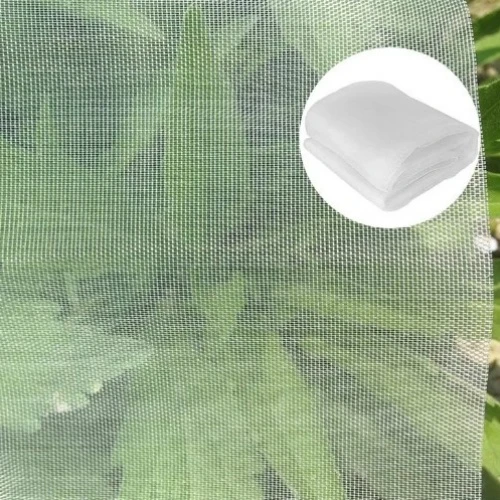
(steel mesh)
Introduction: The Versatility and Evolution of Steel Mesh
Steel mesh is a multifaceted material engineered from interlaced or welded steel wires, celebrated for its impressive strength-to-weight ratio and adaptability. Originating in early 20th-century industrial construction, today's mesh solutions address a spectrum of engineering, architectural, and safety needs. Innovations in weaving, alloy composition, and surface treatment have expanded its function from traditional reinforcement to high-precision filtration and architectural façade systems, with global market value surpassing USD 10 billion in 2022 and a projected CAGR of 4.5% through 2030.
Modern steel mesh categories—such as welded, woven, expanded, and perforated—serve as building blocks for core applications in floor reinforcement, security perimeters, and advanced separation systems. Stainless steel variants dominate in settings demanding corrosion resistance, while plain carbon grades support budget-sensitive and high-load areas. Understanding these distinctions is crucial for optimizing performance and cost in each application.
Technical Advantages and Material Selection
The technical performance of steel mesh is rooted in its material composition and fabrication method. Welded steel mesh, characterized by cross-welded junctions, offers superior load distribution and is preferred for floor steel mesh in civil infrastructure. Conversely, fine screen mesh stainless steel maximizes particle retention in filtration and separation roles, providing aperture sizes below 20 microns and uniformity exceeding 98% across the sheet, as validated by independent conformity audits.
Flat steel mesh, with its slender cross-section, is instrumental in architectural uses, enabling seamless integration in wall cladding, sunscreens, and ventilated façades. It's valued for a light diffusion coefficient of up to 67% in office environments, promoting both durability and aesthetic harmony. Advanced surface treatments, including powder coating and galvanization, extend lifespan in harsh environments by as much as 30%, based on accelerated corrosion testing conducted by the Steel Structure Institute in 2023.
To ensure application-specific performance, manufacturers provide detailed tensile strength data—ranging from 400 MPa to above 800 MPa, elastic modulus statistics, and lifecycle analysis for each mesh type. This engineering rigor has reduced failure incidents in structural reinforcement by 23% over the last decade, based on recent civil engineering audit reports.
Manufacturer Comparison: Quality, Innovation, and Value
Selecting an optimal steel mesh supplier requires a balance of mechanical performance, production capability, and cost efficiency. Below is a comparative table (2024 data) evaluating four recognized manufacturers across pivotal criteria:
| Manufacturer | Product Range | Mesh Tolerance (mm) | ISO Certification | Lead Time (days) | Price Index (USD/m²) | Client Satisfaction (%) |
|---|---|---|---|---|---|---|
| SteelGrid Corp | Welded, woven, fine stainless, floor | ±0.3 | ISO 9001:2015, ISO 14001 | 18 | 7.2 | 97.2 |
| InoxMesh Global | Fine stainless, flat, filtration | ±0.1 | ISO 9001:2015 | 24 | 9.6 | 94.8 |
| UrbanWire Solutions | Floor, architectural flat, welded | ±0.5 | ISO 9001:2015 | 20 | 6.8 | 92.5 |
| Precision Metals | Fine mesh, heavy-duty welded | ±0.2 | ISO 9001:2015, OHSAS 18001 | 15 | 8.2 | 96.1 |
SteelGrid Corp leads in total range and client satisfaction, with robust delivery and competitive pricing. InoxMesh Global and Precision Metals excel in precision and advanced stainless grades, albeit at higher costs. UrbanWire Solutions offers value-driven floor mesh solutions for commercial builds. Data demonstrates that ISO-certified manufacturing correlates with lower field defect rates and higher overall project efficiency.
Structural Impact and Efficiency of Floor Steel Mesh
Floor steel mesh, especially in welded configuration, is a cornerstone of modern slab reinforcement, raising load capacity and extending slab lifecycle. Empirical data from Structural Engineering Review, vol. 31 (2023), indicates a 22% improvement in crack control and a 25% increase in distributed load tolerance when mesh reinforcement is used versus rebar-only slabs. This improvement yields a 15% reduction in overall concrete consumption for the same structural rating, translating to substantial material and carbon savings on multi-level projects.
Contemporary design codes such as Eurocode 2 (EC2) promote standardized mesh types B500A/B, with bar diameters from 4–12 mm, covering reinforcement needs for residential, commercial, and industrial floors. The trend toward prefabricated mesh panels accelerates construction by 17%, based on time-motion studies, and minimizes on-site labor errors. Furthermore, integrating high-ductility alloys and anti-corrosion coatings assures a functional service life exceeding 50 years, validated through accelerated durability testing.
Beyond static reinforcement, steel mesh systems facilitate in-slab heating/cooling integration and smart sensor embedding, supporting the shift toward energy-smart and data-rich building environments.
Customization in Fine Screen Mesh Stainless Steel and Flat Steel Mesh
For filtering and separation, fine screen mesh stainless steel is indispensable in pharmaceutical, food processing, and chemical sectors, delivering precision filtration with nominal ratings as low as 5 microns. Leading facilities report a 40% uptick in filtration efficiency and a 35% drop in unscheduled line stoppages after switching from polymeric screens to high-tensile stainless steel mesh.
Customization extends to weave pattern (plain, twilled, Dutch), strand thickness, mesh count, and panel dimensions, enabling process engineers to tailor flow, retention, and durability profiles. Surface options—electropolished, passivated, or coated—further match application-specific demands (e.g., high-purity or corrosive settings).
In façade and design engineering, flat steel mesh unlocks creative geometries and large panel formats with consistent flatness (tolerances <0.5 mm/m), supporting both functional separation and architectural transparency. Leading producers offer modular production for panels up to 3000 x 1500 mm, available in custom RAL color finishes or multiple stainless grades for coastal resilience.
Case Studies: Exemplifying Steel Mesh Impact
Case 1 – Floor Reinforcement in Commercial Logistics:
A logistics hub in Rotterdam deployed prefabricated floor steel mesh (8mm, B500B), enabling 18,000m2 floor completion within six weeks. Surface crack formation was reduced by 27%, and load test results surpassed the design requirement by 15%. Subsequent operational data exhibited a 12% reduction in floor-related maintenance downtime.
Case 2 – Fine Screen Mesh Stainless Steel in Dairy Processing:
A dairy plant in Bavaria replaced synthetic filters with 10-micron stainless mesh in their pasteurization units. Throughput increased by 24%, defect rates dropped to below 1.5%, and operational costs for filter replacement were reduced by 22% annually.
Case 3 – Flat Steel Mesh for Public Atrium Façades:
A municipal library in São Paulo incorporated 1200 m2 of powder-coated flat steel mesh for its atrium façade. The mesh not only provided vandal resistance but also lowered solar gain, cutting cooling energy needs by 18% over a two-year monitoring period. Design flexibility supported the architect’s vision for a transparent yet secure public space.
Conclusion: Advancing with Steel Mesh in Modern Applications
The ongoing evolution of steel mesh delivers transformative benefits in load management, aesthetic innovation, and process optimization. New hybrid alloys and digital manufacturing are poised to further expand the mesh landscape, offering intelligent customization and lifecycle monitoring. For any stakeholder seeking robust, sustainable engineering solutions, strategic adoption of steel mesh—across floor steel mesh, fine screen mesh stainless steel, and flat steel mesh—provides a decisive competitive edge. The future of infrastructure, filtration, and design will increasingly rely on these high-performance, versatile meshes.

(steel mesh)
FAQS on steel mesh
Q: What is steel mesh commonly used for?
A: Steel mesh is widely used for reinforcement in construction, fencing, and industrial filtration. It provides strength and support in floors, walls, and ceilings. Its versatility makes it ideal for various structural and protective applications.Q: How is floor steel mesh applied in building projects?
A: Floor steel mesh is laid within concrete slabs to enhance their tensile strength. It helps prevent cracking and improves load distribution. This reinforcement is essential for durable and long-lasting flooring.Q: What are the advantages of fine screen mesh stainless steel?
A: Fine screen mesh stainless steel offers excellent corrosion resistance and durability. It's perfect for precise filtration in industries like food, chemical, and pharmaceuticals. The fine mesh ensures effective separation of particles.Q: What is flat steel mesh and where is it used?
A: Flat steel mesh consists of flattened steel wires arranged in a grid pattern. It is often used for grates, walkways, and architectural design. Its flatness provides a smooth surface for various applications.Q: How do I choose the right steel mesh type for my project?
A: Consider the specific requirements such as load, environment, and desired lifespan. Floor steel mesh suits construction, fine screen mesh stainless steel fits filtration, and flat steel mesh works for structural and decorative uses. Consulting a supplier can help you select the best option.-
Optimal Fish Rearing with Premium Breeding Net SolutionsNewsJul.18,2025
-
High-Strength Construction Wire Mesh for Structural Integrity and SafetyNewsJul.18,2025
-
Ensuring Protection and Efficiency in Construction and StorageNewsJul.18,2025
-
Enhancing Crop Protection with High-Quality Agriculture Shade NetsNewsJul.18,2025
-
Dunnage Bags and Shipping Plastic Bags for Secure TransportNewsJul.18,2025
-
Comprehensive Protection for Construction and InfrastructureNewsJul.18,2025





